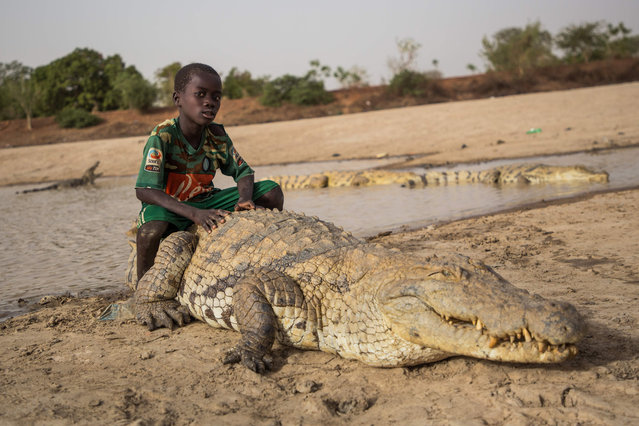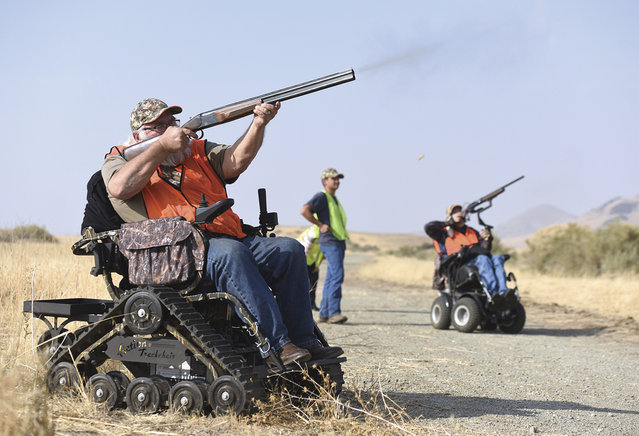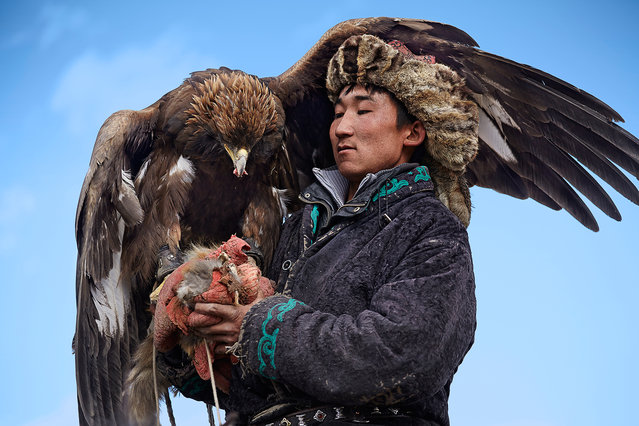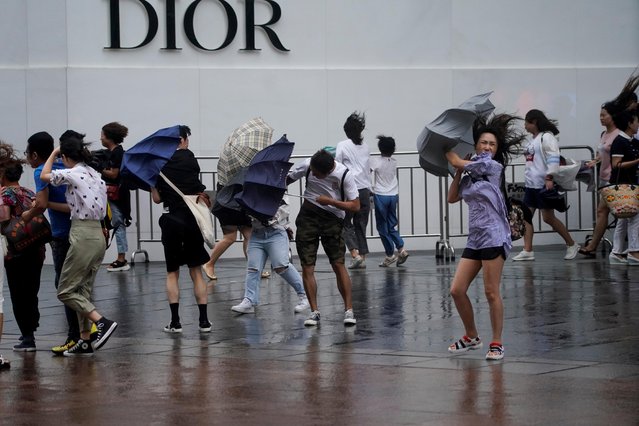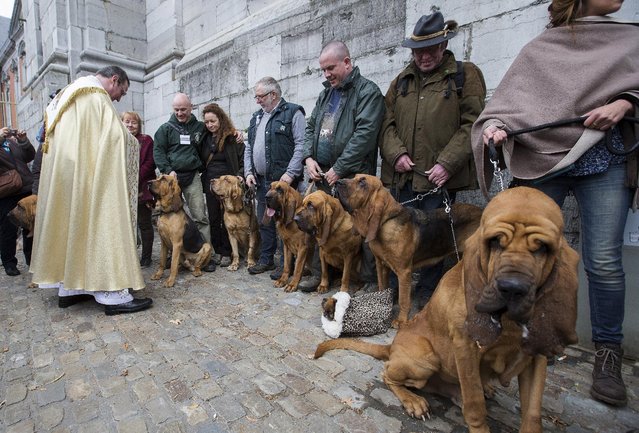
Belgian priest Philippe Goosse (L) blesses Bloodhound dogs during a religious and blessing ceremony for animals, outside the Basilica of St Peter and Paul in Saint-Hubert, Belgium November 3, 2015. Hundreds of animals get blessed during the celebration of Saint Hubert, the patron saint of hunters who is also invoked for protection of dogs and horses, organisers said. (Photo by Yves Herman/Reuters)
06 Nov 2015 08:05:00,post received
0 comments

